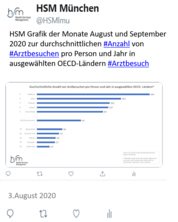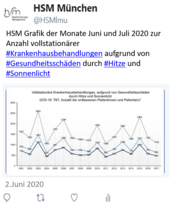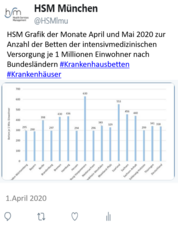From a conservative to a liberal welfare state: decomposing changes in income-related health inequalities in Germany, 1994-2011
| Authors/Editors: |
Siegel, M. Vogt, V. Sundmacher, L. |
|---|---|
| Publication Date: | 2014 |
| Type of Publication: | Articles in Refereed Journals (International) |
| ISBN/ISSN: | 0277-9536 |
| erschienen in: | Social Science and Medicine |
| Weitere Quellenangabe: | Volume 108, Pages 10–19 |
Abstract
Individual socio-economic status and the respective socio-economic and political contexts are both important determinants of health. Welfare regimes may be linked with health and health inequalities through two potential pathways: first, they may influence the associations between socio-economic status and health. Second, they may influence the income-related distributions of socio-economic determinants of health within a society. Using the Socio-Economic Panel (SOEP) for the years 1994–2011, we analyze how income-related health inequalities evolved in the context of the transformation from a conservative to a liberal welfare system in Germany. We use the concentration index to measure health inequalities, and the annual concentration indices are decomposed to reveal how the contributions of the explanatory variables age, sex, income, education, and occupation changed over time. The changes in the contributions are further decomposed to distinguish whether changes in health inequalities stem from redistributions of the explanatory variables, from changes in their associations with health, or from changes in their means. Income-related health inequalities to the disadvantage of the economically deprived roughly doubled over time, which can largely be explained by changes in the contributions of individual characteristics representing weaker labor market positions, particularly income and unemployment. The social and labor market reforms coincide with the observed changes in the distributions of these characteristics and, to a lesser extent, with changes of their associations with health.





